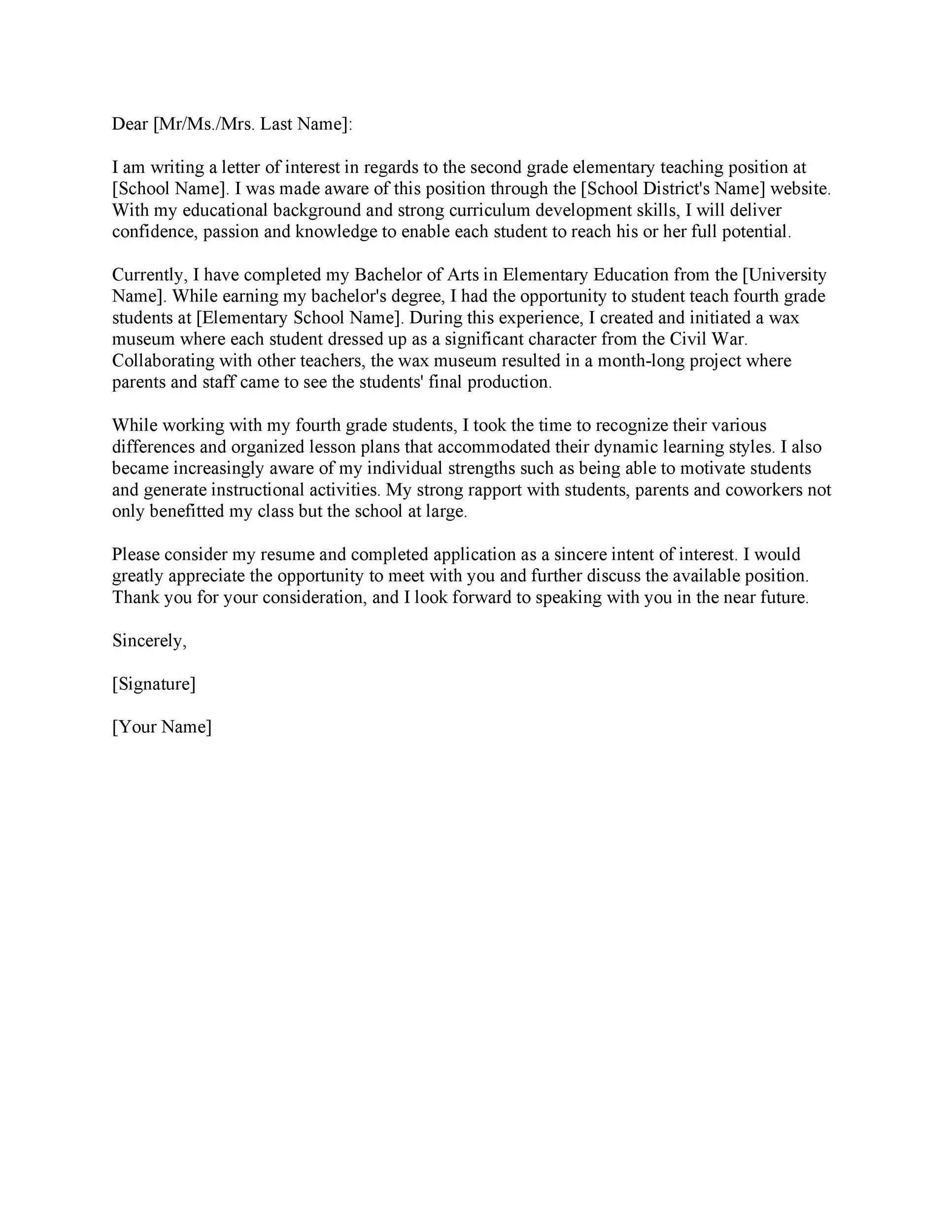What is a Cover Letter?
A cover letter serves as your initial introduction to a potential employer, accompanying your resume to provide context and showcase your suitability for a specific job. It’s a crucial document that allows you to elaborate on your qualifications, demonstrate your enthusiasm, and express your personality in a way that a resume alone cannot. Think of it as your personal sales pitch, highlighting why you are the ideal candidate for the position. Its primary function is to persuade the hiring manager to read your resume and consider you for an interview. This is where you can make a strong first impression and differentiate yourself from other applicants. A well-crafted cover letter is an essential component of any job application, offering an opportunity to connect with the employer on a more personal level and set the stage for further consideration.
Why is a Cover Letter Important?
In a competitive job market, a cover letter is more than just a formality; it’s a strategic tool to grab the hiring manager’s attention. It allows you to showcase your communication skills, demonstrate your understanding of the job requirements, and explain why you’re a perfect fit for the company and the role. A compelling cover letter highlights your key accomplishments and aligns them with the specific needs of the employer, providing a compelling narrative that complements your resume. It shows that you have invested time and effort into the application, signaling your genuine interest in the position and the organization. By effectively addressing the employer’s needs and demonstrating your enthusiasm, you significantly increase your chances of getting noticed and securing an interview, setting you apart from candidates who may only submit a resume.
Crafting a Compelling Cover Letter
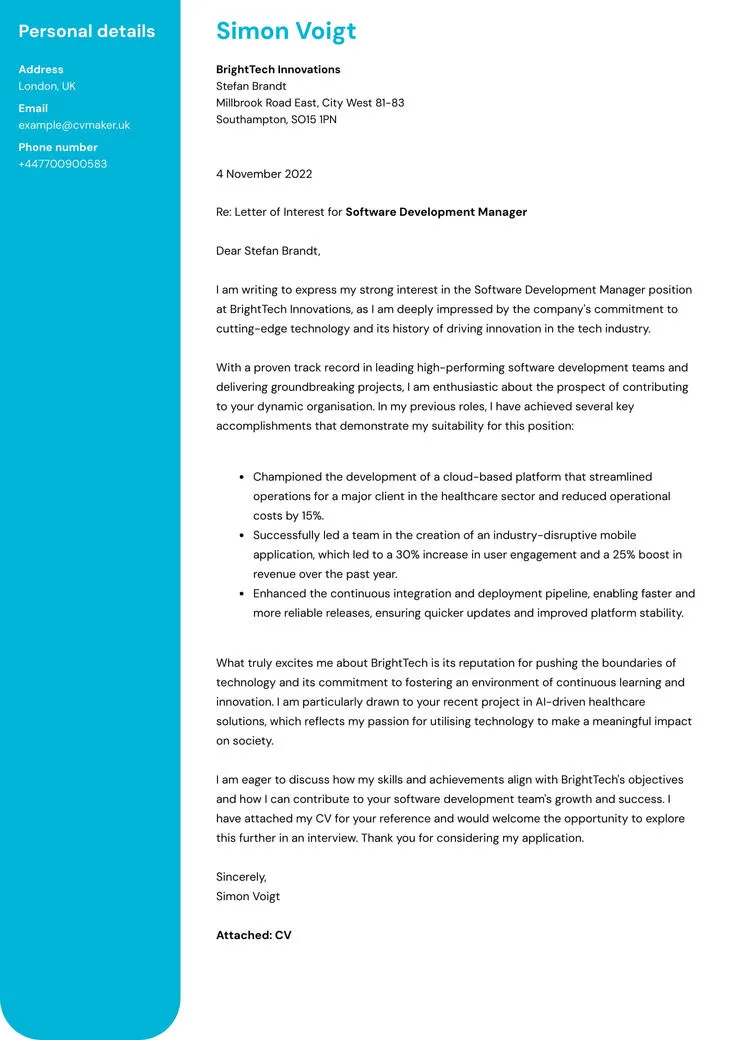
Creating a compelling cover letter involves several key strategies. The letter should be concise, well-structured, and tailored to the specific job and company. Start by researching the company and the role, understanding their values, mission, and the specific requirements of the position. Next, identify your relevant skills and experiences, and align them with the job description. Use strong action verbs to describe your accomplishments, quantify your achievements whenever possible, and provide specific examples that demonstrate your abilities. The tone should be professional yet engaging, reflecting your personality and enthusiasm. Proofread meticulously for any grammatical errors or typos, as these can significantly detract from your credibility. A well-crafted cover letter showcases your unique value proposition and makes a lasting impression.
Understanding the Purpose of a Cover Letter
The primary purpose of a cover letter is to introduce yourself, express your interest in a specific job, and persuade the employer to read your resume and consider you for an interview. It’s your opportunity to explain why you are a great fit for the role, highlighting your relevant skills, experiences, and accomplishments in a way that complements your resume. The cover letter should demonstrate your understanding of the company’s needs and how your skills align with their goals. Furthermore, it allows you to show your enthusiasm for the position and the organization, conveying your personality and making a positive impression on the hiring manager. By clearly articulating your value proposition, you can significantly increase your chances of being selected for an interview and ultimately securing the job.
Highlighting Your Skills and Experiences
When highlighting your skills and experiences, focus on the most relevant aspects that align with the job requirements. Start by carefully reviewing the job description and identifying the key skills and qualifications the employer is seeking. Then, select the experiences and accomplishments that best demonstrate those skills. Use strong action verbs to describe your contributions and quantify your achievements whenever possible, providing specific examples to illustrate your capabilities. For instance, instead of saying “Managed a team,” say “Managed a team of 10 employees, increasing productivity by 15% within six months.” Tailor your examples to match the specific needs of the employer, showing them how your skills can benefit their organization. A well-crafted cover letter showcases your expertise and positions you as a valuable asset to the team.
How to Showcase Your Enthusiasm

Showcasing your enthusiasm is crucial for making a positive impression and setting yourself apart. Express your genuine interest in the company and the specific role by demonstrating that you’ve researched the organization and understand their mission and values. Mention specific projects, initiatives, or aspects of the company that particularly excite you. Use phrases like “I am particularly drawn to…” or “I am excited by the opportunity to…” to convey your passion. Avoid generic statements and instead, tailor your enthusiasm to the specific needs of the employer. Show that you are not just looking for a job, but that you are genuinely interested in contributing to their success. A well-written cover letter demonstrating enthusiasm can significantly increase your chances of securing an interview.
Showcasing Your Personality
While maintaining professionalism, it’s essential to let your personality shine through in your cover letter. This helps the hiring manager get a sense of who you are beyond your skills and experience. Use a tone that is authentic to your voice and allows your personality to subtly come through. You might include a brief anecdote or a personal statement that highlights your values or your approach to work. However, ensure that your personality complements the professional context and does not detract from your qualifications. Maintain a balance between demonstrating your skills and showing your unique attributes, making your cover letter memorable and allowing the hiring manager to connect with you on a more personal level. This adds a human touch and can help you stand out from other applicants.
Tailoring Your Cover Letter
Generic cover letters are easily spotted and often discarded. Tailoring your cover letter to each specific job application is essential for demonstrating your genuine interest and showcasing your suitability. Start by carefully reviewing the job description and identifying the key requirements and desired qualifications. Research the company to understand its values, mission, and culture. Then, customize your cover letter to highlight the specific skills, experiences, and accomplishments that align with the job requirements and the company’s needs. Mention specific projects, initiatives, or aspects of the company that resonate with you. Addressing the hiring manager by name, if possible, also adds a personal touch. A tailored cover letter demonstrates that you have invested time and effort into the application, increasing your chances of getting noticed.
Researching the Company
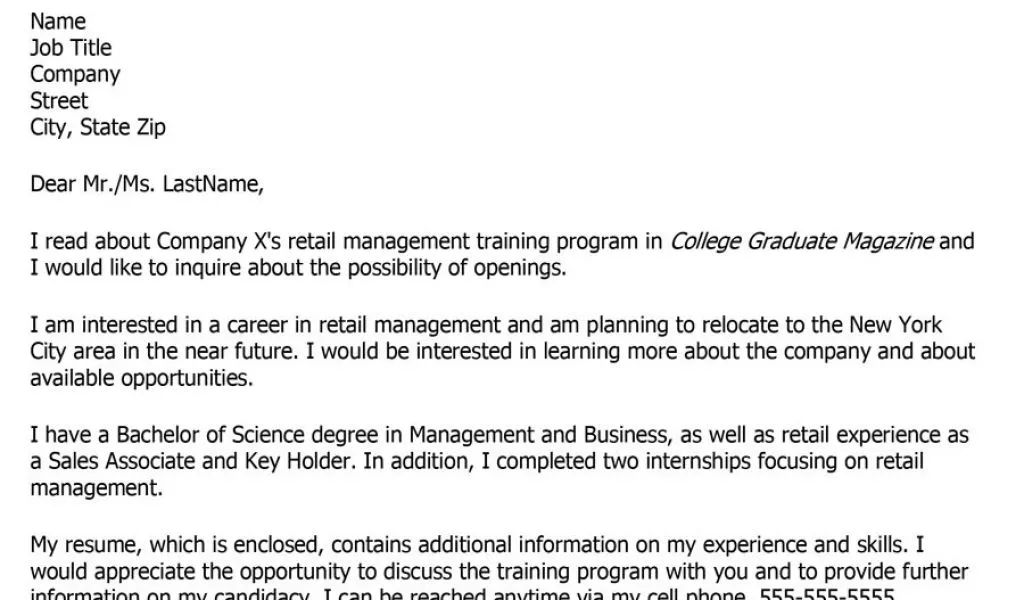
Thoroughly researching the company is a crucial step in crafting a compelling cover letter. This demonstrates your genuine interest and allows you to tailor your letter to the specific needs and values of the organization. Visit the company’s website, explore their ‘About Us’ section, and read their mission statement. Research their recent news, projects, and initiatives to understand their current goals and challenges. Use LinkedIn to learn about the company’s employees, culture, and recent activities. Understanding the company’s values will enable you to align your skills and experiences with their needs. Incorporate your research into your cover letter, mentioning specific aspects of the company that resonate with you, showing that you’ve invested time and effort into learning about their organization. This shows that you are not just applying for a job but are truly interested in contributing to the company’s success.
Addressing the Hiring Manager
Addressing the hiring manager by name is a simple yet effective way to personalize your cover letter and show that you have taken the time to research the company and the specific role. Whenever possible, find out the name of the hiring manager or the person responsible for reviewing applications. You can often find this information on the job posting, the company website, or LinkedIn. If you are unable to find a specific name, use a general salutation like “Dear Hiring Manager” or “Dear [Department Name] Team.” Avoid generic greetings like “To Whom It May Concern,” as they make your letter feel impersonal. Addressing the hiring manager by name shows that you are attentive to detail and take your application seriously. It adds a personal touch and can help you make a positive first impression.
Structuring Your Cover Letter
A well-structured cover letter is easier to read and more effective at conveying your message. It should follow a clear and logical format, typically consisting of an opening paragraph, body paragraphs, and a closing paragraph. The opening paragraph should immediately grab the reader’s attention, state your purpose, and briefly highlight your key qualifications. The body paragraphs should expand on your skills, experiences, and accomplishments, providing specific examples that align with the job requirements. The closing paragraph should reiterate your interest, express your enthusiasm, and thank the hiring manager for their time and consideration. Use clear headings, concise paragraphs, and bullet points to enhance readability and make your cover letter easy to scan. A structured cover letter makes it easier for the hiring manager to quickly grasp your key strengths and assess your suitability for the role.
The Opening Paragraph
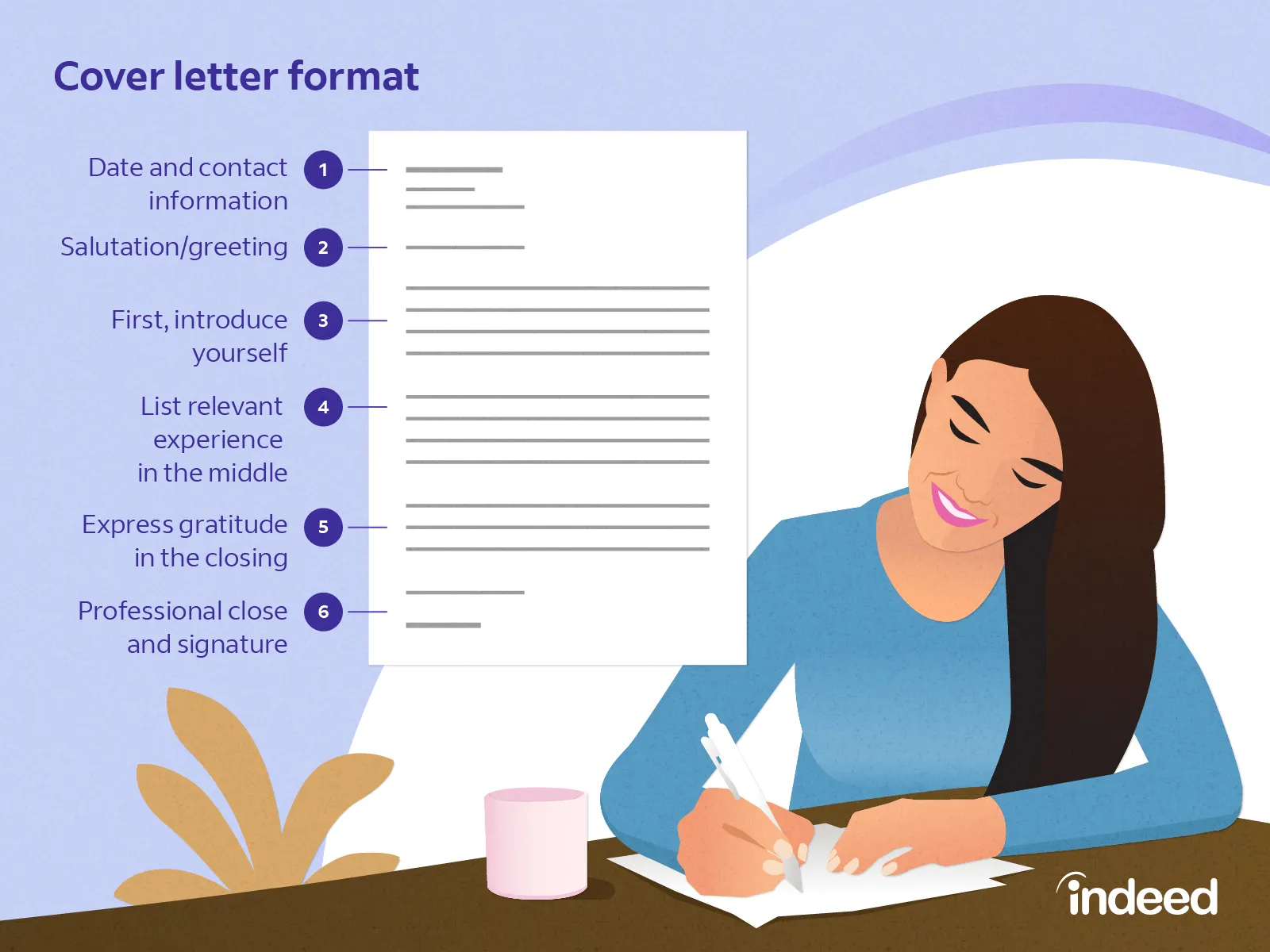
The opening paragraph is your first and often only chance to grab the hiring manager’s attention. It should be concise, engaging, and immediately state your purpose for writing the cover letter. Clearly mention the specific job you are applying for and how you learned about the opportunity. Briefly highlight your most relevant qualifications or a key accomplishment that aligns with the job requirements. Consider starting with a compelling hook, such as a strong statement of your interest or an example of how your skills align with the company’s needs. Keep it brief, ideally within a few sentences, and make sure it sets a positive tone for the rest of the letter. The opening paragraph is crucial for making a strong first impression and persuading the reader to continue reading your cover letter and review your resume.
The Body Paragraphs
The body paragraphs are where you elaborate on your skills, experiences, and accomplishments, providing specific examples that demonstrate your capabilities and align with the job requirements. Structure these paragraphs logically, focusing on the key skills and qualifications outlined in the job description. Use the STAR method (Situation, Task, Action, Result) to provide context, describe your actions, and quantify your achievements whenever possible. Highlight your successes and the positive impact you made in previous roles. Tailor the examples to match the specific needs of the employer, showing them how your skills can contribute to their success. Make each paragraph concise, focused, and easy to read. This section must prove that you are the right candidate, and you should use this section to display your best qualities to get the job.
The Closing Paragraph
The closing paragraph should reiterate your interest in the position, express your enthusiasm, and thank the hiring manager for their time and consideration. Briefly summarize your key qualifications and why you are a strong fit for the role. Reiterate your eagerness to contribute to the company’s success. Use a call to action, such as expressing your availability for an interview or inviting the hiring manager to contact you with any questions. Keep it positive, confident, and professional. Proofread the entire letter to ensure all details are correct, and include your contact information at the end. The closing paragraph should leave a lasting positive impression, reinforcing your interest and making it easy for the hiring manager to take the next step.
Formatting Your Cover Letter
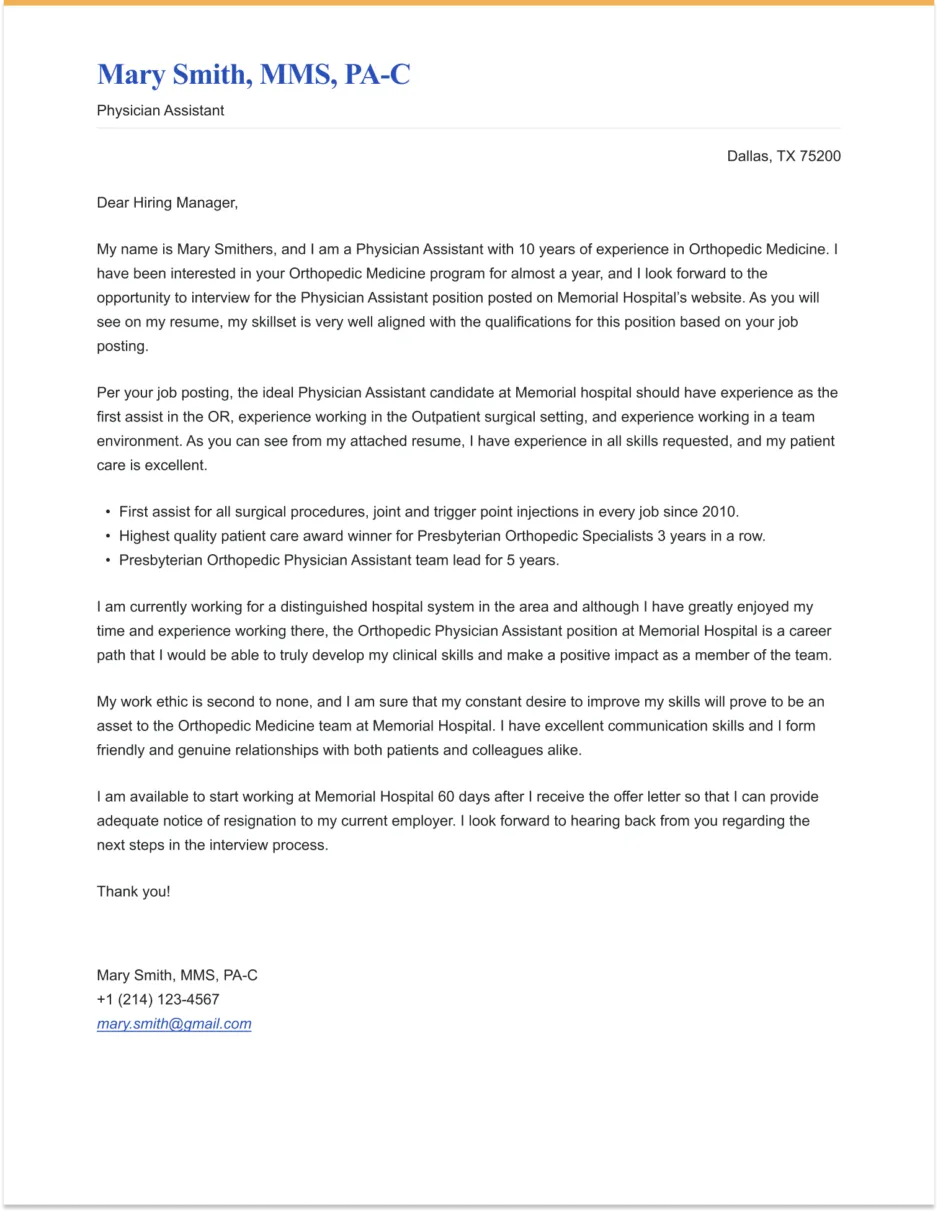
Proper formatting is essential for making your cover letter easy to read and visually appealing. Use a professional font like Times New Roman, Arial, or Calibri, and ensure the font size is between 10 and 12 points for optimal readability. Set margins to one inch on all sides and use single or 1.15 line spacing. Left-align the text and avoid using excessive indentation. Include your contact information at the top, followed by the date and the hiring manager’s contact information. Divide the letter into clear sections with headings, such as an opening paragraph, body paragraphs, and a closing paragraph. Proofread the letter carefully for any errors in formatting, grammar, and spelling. A well-formatted cover letter demonstrates attention to detail and professionalism, making a positive impression on the hiring manager.
Using Action Verbs
Using strong action verbs is crucial for making your cover letter more impactful and demonstrating your accomplishments. Action verbs, such as “managed,” “developed,” “led,” “achieved,” and “improved,” help to quantify your achievements and make your descriptions more dynamic. Instead of saying “Responsible for managing a team,” say “Managed a team of 10 employees, resulting in a 15% increase in productivity.” Choose action verbs that accurately reflect your role and responsibilities and are relevant to the job requirements. Vary your word choice to avoid repetition, and use a thesaurus to find synonyms that add more impact to your descriptions. Action verbs make your cover letter more engaging, demonstrate your capabilities, and highlight your value to the employer.
Proofreading and Editing
Proofreading and editing are critical steps in ensuring your cover letter is polished and professional. After you have written your letter, take the time to review it carefully for any errors in grammar, spelling, punctuation, and formatting. Read the letter aloud to catch any awkward phrasing or inconsistencies. Use spell-check and grammar-check tools, but don’t rely on them entirely; they may not catch all errors. Ask a friend, family member, or career advisor to review your cover letter and provide feedback. Ensure the letter is concise, well-structured, and tailored to the specific job and company. Proofreading shows your attention to detail and commitment to excellence, which is critical for making a positive impression and increasing your chances of getting the job.
Common Cover Letter Mistakes
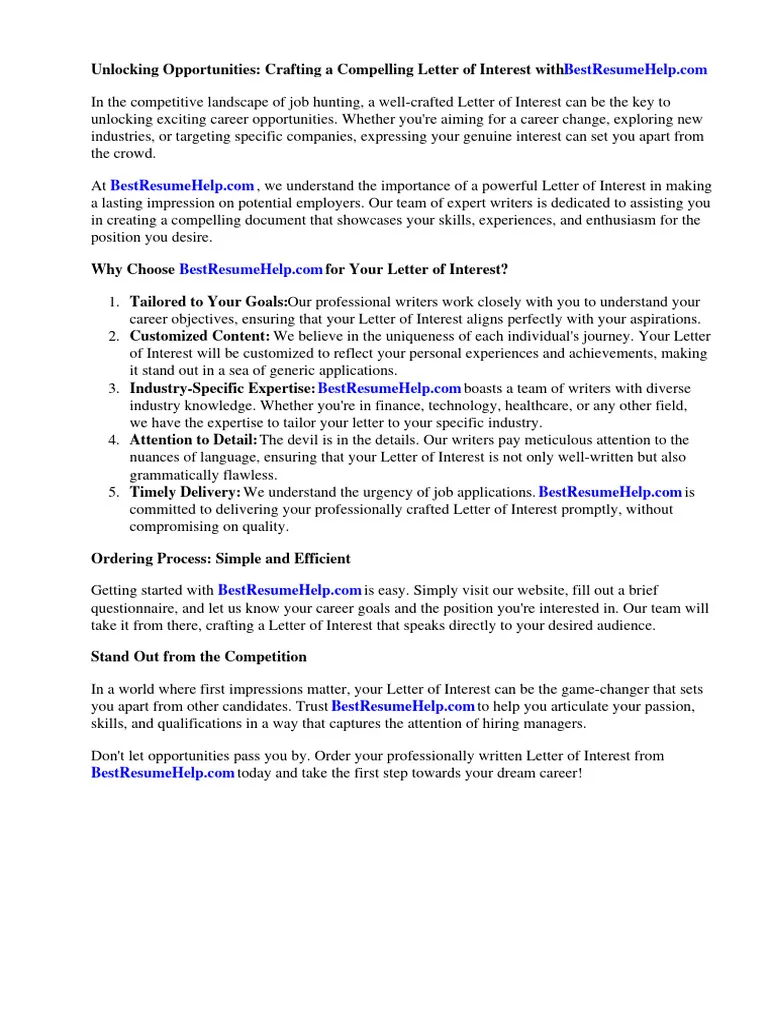
Avoiding common cover letter mistakes can significantly improve your chances of success. One of the biggest mistakes is submitting a generic cover letter that is not tailored to the specific job and company. Other common errors include grammatical errors, typos, and poor formatting, which can detract from your credibility. Failing to address the hiring manager by name, using a generic greeting like “To Whom It May Concern,” and focusing solely on what you want instead of how you can benefit the employer are also common pitfalls. Exceeding the recommended length (one page) and not proofreading your cover letter are other frequent mistakes. Making a good first impression is paramount to get the job.
Submitting Your Cover Letter
When submitting your cover letter, pay close attention to the instructions provided in the job posting. If the employer specifies a particular format or method of submission, follow those instructions carefully. Always attach your cover letter and resume as separate documents, unless the instructions state otherwise. Use a professional file name, such as “Your Name_Cover Letter.pdf” or “Your Name_Resume.pdf.” If you are sending your application via email, include a concise and professional subject line, such as “Application for [Job Title] - [Your Name].” Personalize the body of the email by briefly reiterating your interest and expressing your enthusiasm. Proofread your email before sending it to ensure there are no errors. Following these guidelines demonstrates your attention to detail and increases the likelihood that your application will be considered.
Following Up After Submission
Following up after submitting your cover letter can be a strategic move, but it’s essential to do so appropriately. Generally, it is acceptable to send a follow-up email or make a phone call one to two weeks after the application deadline or after you have not heard back. If the job posting specifies a no-contact policy, respect those instructions. In your follow-up, briefly reiterate your interest in the position, thank the hiring manager for their time, and inquire about the status of your application. Keep the tone professional and concise. If you haven’t heard back after a second attempt, it is usually best to accept that the employer is not interested at that time. Avoid being overly persistent or calling repeatedly, as this could be viewed negatively. Always be polite and show your interest in the job.
